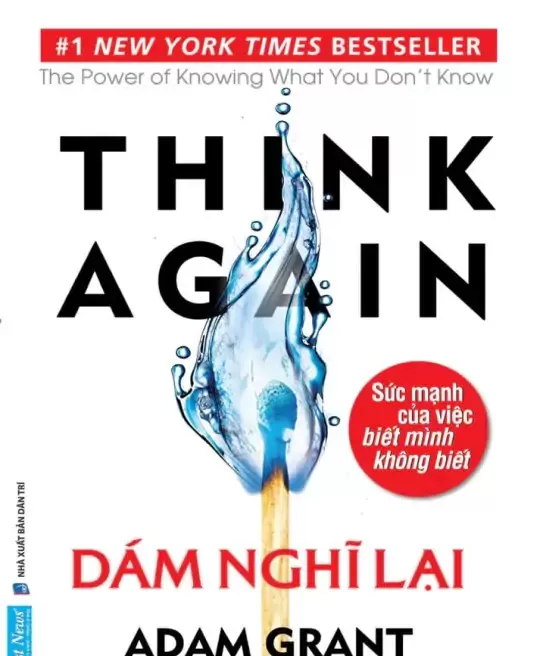When you use these listen-and-answer stories, you teach yourself to
understand quickly and to respond quickly. You have to speak quickly and
automatically, without thinking, “What does that word mean?” That’s why
these stories are so powerful. You learn to think in English, and you learn to
speak quickly without translating.
How Mini-Stories Work
Let me give you a very easy and simple sample of a question-and-answer
mini-story, just a couple of sentences. Now, imagine you have a short little
story about a monkey. In listen-and-answer stories, it would work this way.
As a teacher, I would say: “Class, there was a monkey. Was there a
monkey?” You would shout: “Yes!” You could also shout, “Yes, there was a
monkey!” but a one word answer is sufficient.
Then I would say, “Was there a monkey or was there a girl? You would
immediately shout: “A monkey – a monkey.”
And I would say, “Ah, so there was a monkey?” Again, you would shout,
“Yes, a monkey.”
I would say, “Ah, I see there was a monkey. What was his name?” Here
you don’t know, so you guess quickly – John or Jim – anything – you would
shout an answer as fast as possible.
“Actually,” I would say, “his name was Reggie. Was Reggie a monkey or
was Reggie a girl?” And you would shout again, “A monkey!”
This continues for twenty minutes or more, slowly building the story. I
continue to ask more questions, and because you are constantly answering
questions, you learn to think in English. You learn to respond, to answer
faster and faster in English. Now of course, this example is very simple. My
real mini-story lessons are longer and much more interesting, and there are a
lot more questions. (You can download a free sample Effortless English™
lesson,
including
a
listen-and-answer
story,
at:
http://EffortlessEnglishClub.com/point-of-view-grammar
.) And when you
use these lessons, you will gradually train yourself to think in English.


